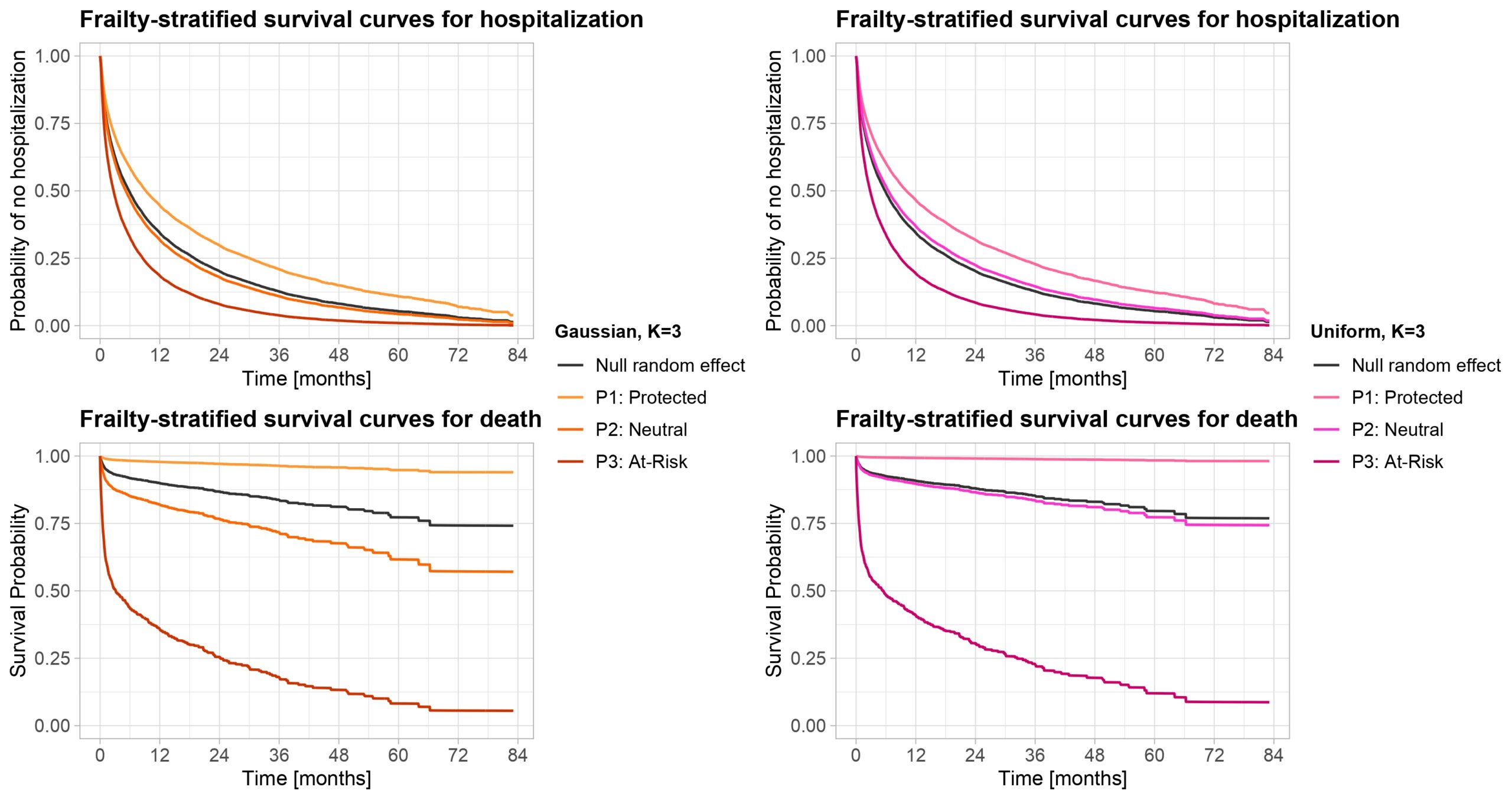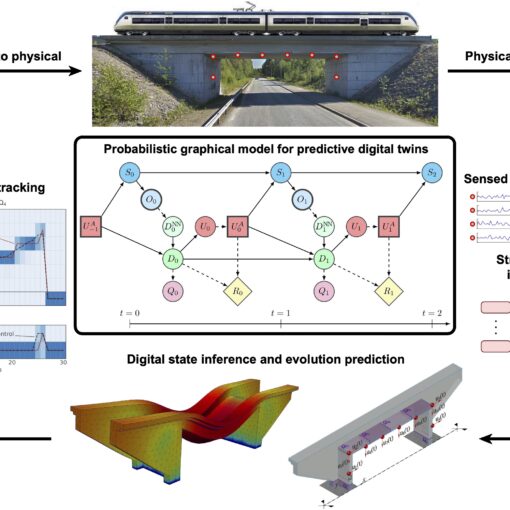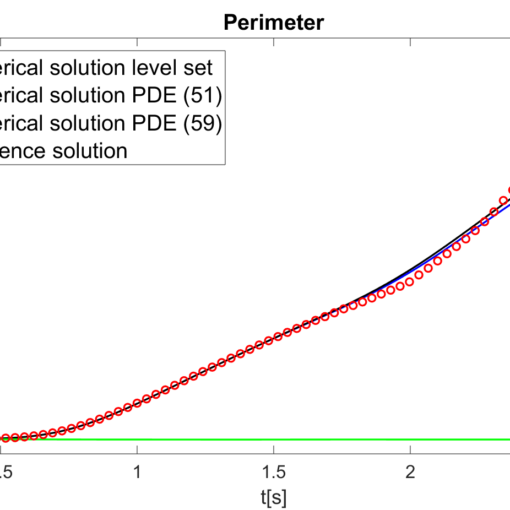A new MOX Report entitled “Joint modelling of recurrent and terminal events with discretely-distributed non-parametric frailty: application on re-hospitalizations and death in heart failure patients” by Masci, C.; Spreafico, M.; Ieva, F. has appeared in the MOX Report Collection.
Check it out here: https://www.mate.polimi.it/biblioteca/add/qmox/88-2023.pdf
Abstract: In the context of clinical and biomedical studies, joint frailty models have been developed to study the joint temporal evolution of recurrent and terminal events, capturing both the heterogeneous susceptibility to experiencing a new episode and the dependence between the two processes. While discretely-distributed frailty is usually more exploitable by clinicians and healthcare providers, existing literature on joint frailty models predominantly assumes continuous distributions for the random effects. In this article, we present a novel joint frailty model that assumes bivariate discretely-distributed non-parametric frailties, with an unknown finite number of mass points. This approach facilitates the identification of latent structures among subjects, grouping them into sub-populations defined by a shared frailty value. We propose an estimation routine via Expectation-Maximization algorithm, which not only estimates the number of subgroups but also serves as an unsupervised classification tool. This work is motivated by a study of patients with Heart Failure (HF) receiving ACE inhibitors treatment in the Lombardia region of Italy. Recurrent events of interest are hospitalizations due to HF and terminal event is death for any cause.





